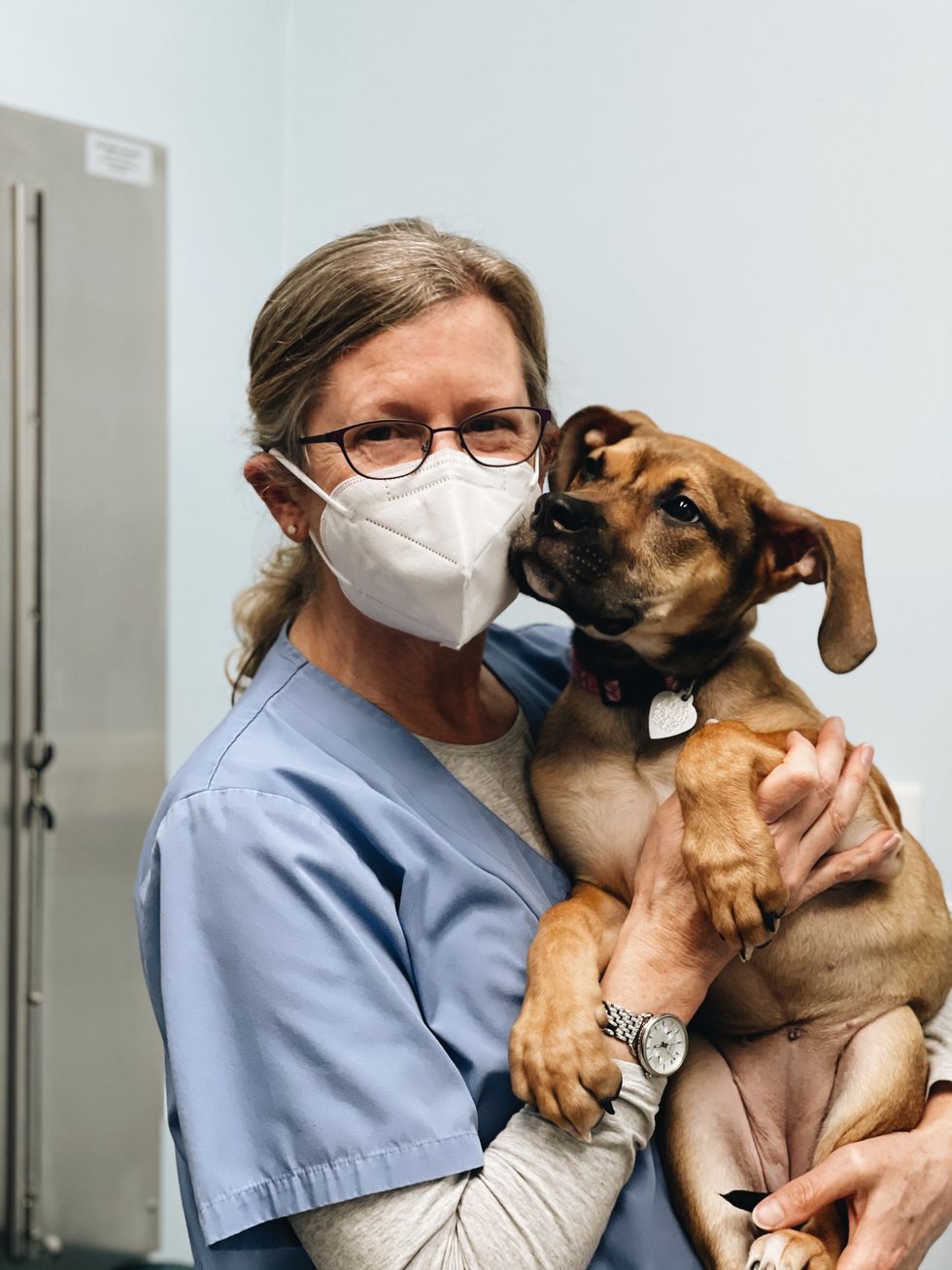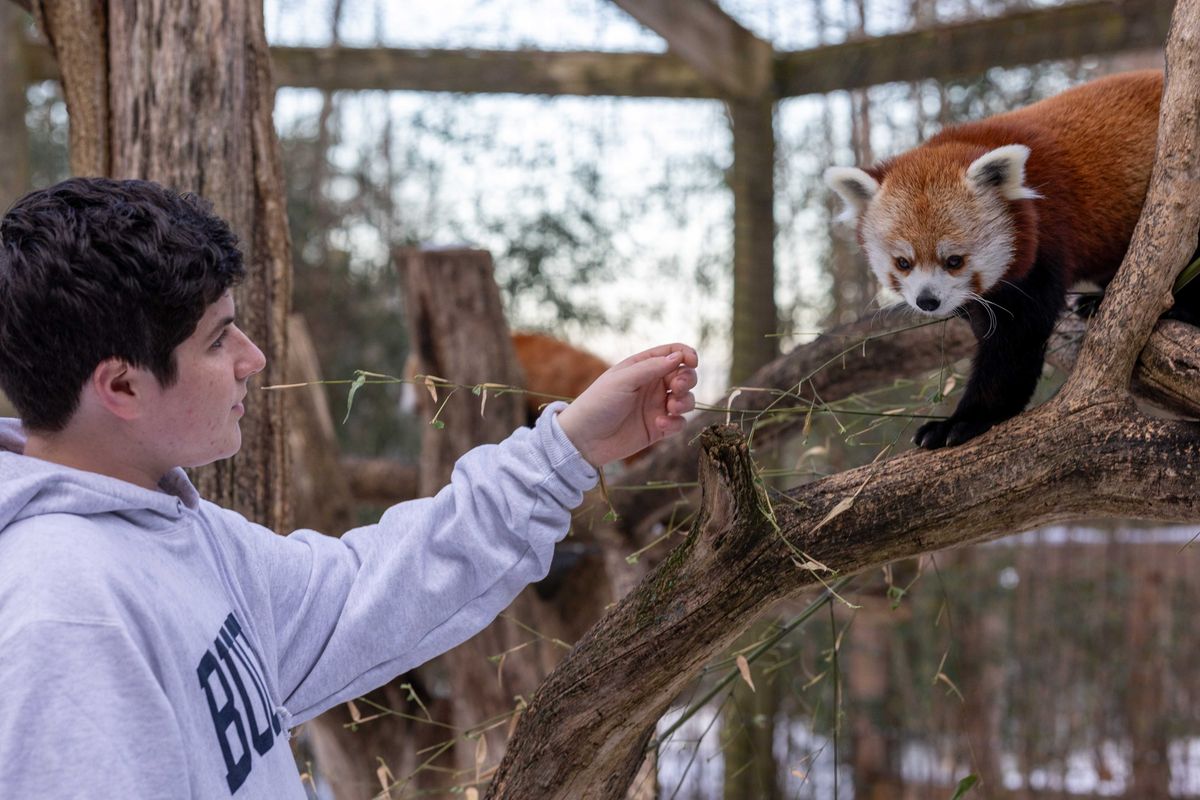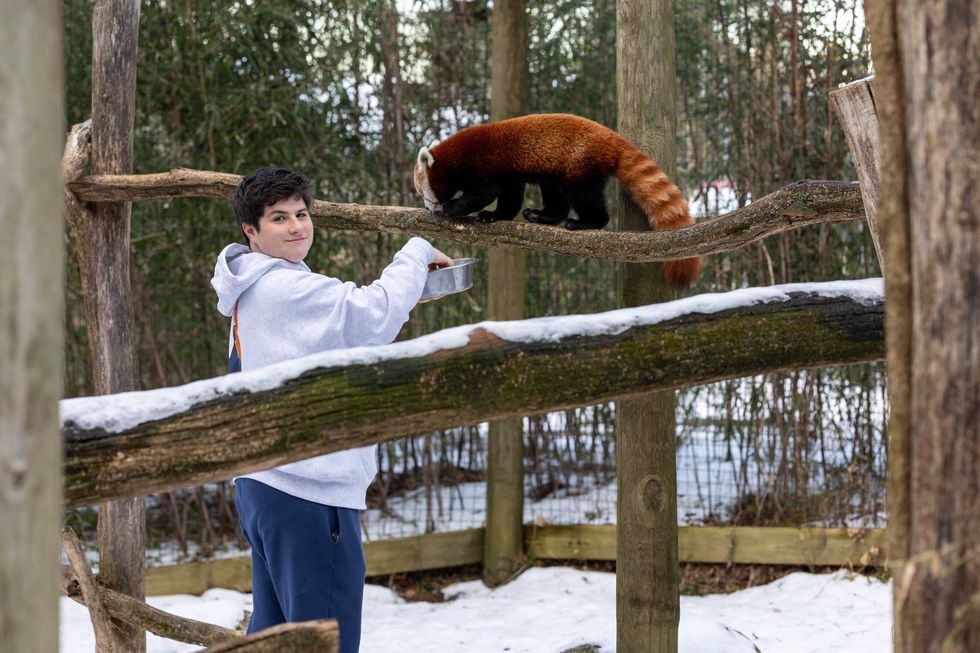Vet says tech can be a pet’s best friend

Dr. Carolyn Cannon, DVM, of the Millerton Veterinary Practice, with her patient, pup Sadie (whose owners are Candie and Eric Fredritz of nearby Sharon, Conn.), strongly encourages all pet owners to invest in the low-cost and safe microchipping process that tracks a pet’s identification and location if the pet gets lost. It can be the one thing that quickly and reliably reunites animal and owner with the least amount of headache and heartbreak. Photo submitted









 Max Amsterdam feeds a red panda at the Trevor-Lovejoy Zoo on the Millbrook School campus on Wednesday, Dec. 17. Amsterdam said he became interested in the school's zoo in his freshman year when he watched an older student perform a biopsy on a wolf that had passed away at the zoo.Photo by Aly Morrissey
Max Amsterdam feeds a red panda at the Trevor-Lovejoy Zoo on the Millbrook School campus on Wednesday, Dec. 17. Amsterdam said he became interested in the school's zoo in his freshman year when he watched an older student perform a biopsy on a wolf that had passed away at the zoo.Photo by Aly Morrissey





